“Just quarter-inch magnetic tape, a splicing block, and a razor blade.”

The Vault
I guess you could say this page is kind of a personal scrapbook. Here, I’ve organized my long-form work as a young radio journalist/documentary producer. It covers a period between the years 1972 and 1980, while I was at Minnesota Public Radio. You can think of it as sort of an acoustic warehouse. A “time capsule” works, too. But like the dusty mow of your grandparent’s old barn–you can discover a few long-forgotten but very cool things. It’s organized chronologically. I’m tidy that way.
Each and every piece was based on analog recordings, sometimes on cassette, sometimes reel-to-reel. And all of it was mastered on the highest quality Ampex studio machines and mixing equipment. Although analog, most were recorded in stereo and we used state-of-the-art recording equipment–but no digital editing, just quarter-inch magnetic tape, an EditAll splicing block and a razor blade.
The work at the bottom is the oldest and if you are among the sharper knives in the drawer, you will find that as time passed I tended to rely less on old-school “talking head” radio documentary structure and more on sound itself, including a certain timbre in the human voice, to convey the story. All of it high-fidelity audio. Scroll down and click on a player that floats your boat. Listen. And imagine . . .

An Accoustic Portrait of Santa Fe, New Mexico–1980
An acoustic portrait of Santa Fe, New Mexico. This sound painting was broadcast in 1979 in conjunction with and as an introduction to live broadcasts of the renowned Santa Fe Chamber Music Festival. Ambient sound was employed as well as two narrators and music.

The Way to 8-A –1980
A Peabody award-winning radio feature exploring the process used to commit mental patients in Minnesota in the 1970s. The program influenced Minnesota state legislation enacted to correct some abuses within the system. There was little ambient sound associated with the story so the emphasis was on use of stereo and other sounds to heighten drama and engage the listener.
- George Foster Peabody Award, 1980
- Robert F. Kennedy Journalism Award, 1980
- The Major Armstrong Award Certificate of Merit
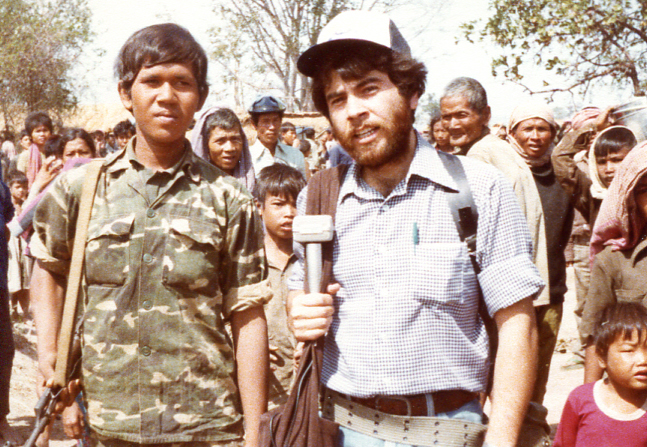
Trampled Grass — 1979
A radio documentary recounting 16 days at Thai refugee camps during the flood of desperate Khmer trying to escape the Cambodian Genocide inflicted by the Khmer Rouge in Kampuchea. This program features rich, high fidelity stereo sound painting an acoustic picture of Bangkok, Thailand and the border camps struggling to accommodate desperate, starving refugees. I used two narrators, one to convey objective facts, the other (me), to convey a personal subjective perspective.
We never got around to submitting this for award competitions but it’s among the works I’m most proud of.

Power on the Line — 1978
This documentary feature took a close look at the issues and events surrounding what had become a major controversy in Minnesota: the routing of needed high-tension power lines across the state. For a period of many months protesters (including many farm families living along the proposed route protested fiercely…some committed acts of sabotage, cutting the towers down at night. It was a pretty nasty affair.
- United Press International Award
- The Major Armstrong Award Certificate of Merit
- Minnesota Page One Award

The Prairie was Quiet — 1977
A Peabody award-winning sound portrait of the American prairie, from its formation to the agricultural engine it is today. This feature emphasizes high-fidelity stereophonic recordings of life on the prairie. Engineer and associate producer David Felland and I spent many hours crawling through prairie sloughs crawling through Priaie sloughs recording the prairie’s sounds with Nagra field recording equipment.
- The George Foster Peabody Award
- The Northwest News Association Award The Ohio State Award, 1978
- The Major Armstrong Award Certificate of Merit

A Courtship in Cuba — 1977
A radio feature recounting the first major American trade delegation to visit Cuba since the Communist nation’s revolution,.The delegation met with Castro and was a national news story, At that moment it appeared that a break-though in trade might soon be possible. Castro wanted American dollars, the businessmen wanted the same…everybody was hopeful that many years of isolation might soon change.
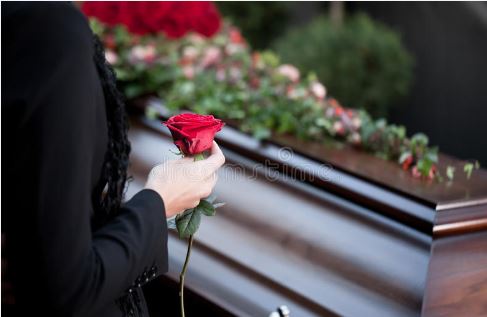
Ashes to Ashes, Dust to Dust — 1976
I have no idea what I was thinking. I think I just wanted to prove to myself that I could make a story on any topic if I could just find enough sound. In the end I used a goodly measure of found historical audio recordings. The feature explores our American burial rituals including John F. Kennedy’s elaborate ceremony and live broadcast tape.
- The Ohio State Award, 1977
- Corporation for Public Broadcasting Honorable Mention, 1977
- The Major Armstrong Award Certificate of Merit
- National Headliner Award, 1977
- Broadcast Media Award, California State University, S.F., 1977
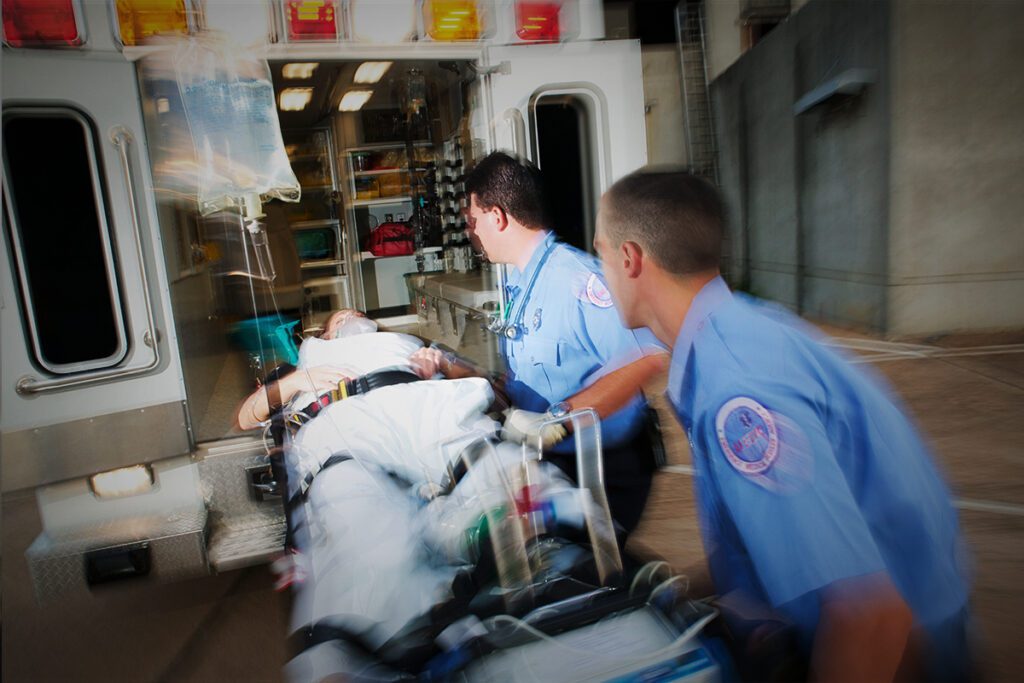
A Matter of Life and Death — 1975
A radio feature exploring the role and lives of Saint Paul, Minnesota firefighter-paramedics during a period when paramedic units were only starting to emerge in America. The audience was learning about a new life-saving technology and to learn by “being there” was new too. The documentary features dramatic high-fidelity sound recorded during a call to save the life of a heart-attack victim.
- The Major Armstrong Award, 1976
- Corporation for Public Broadcasting Award, 1976
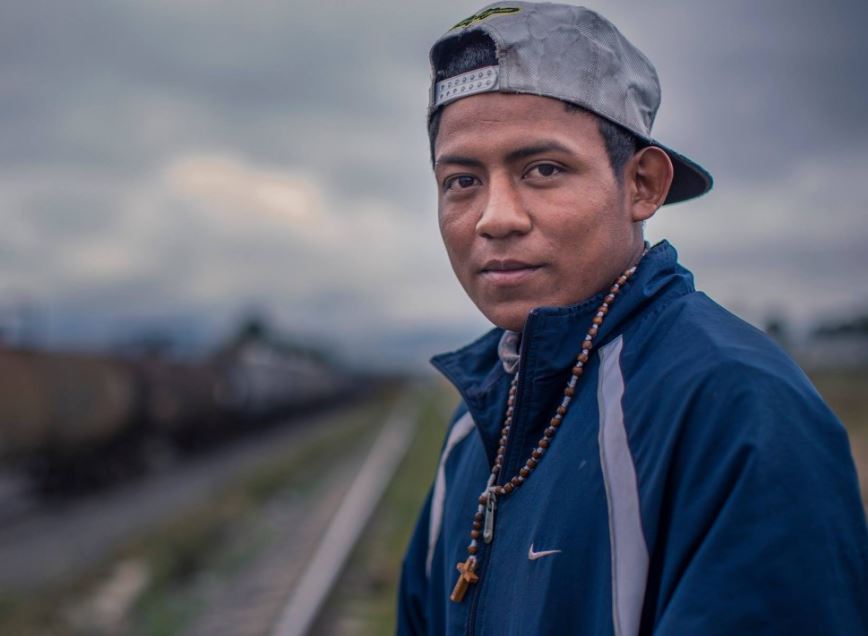
In Search of a Better Life — 1975
Surprisingly, perhaps, Saint Paul, Minnesota has one of the largest Mexican-American communities outside of Los Angeles and Chicago. Many settle here after working the sugar beet fields of North Dakota. This feature explores the origin, life and challenges of this community far from home.
- Broadcast Media Award, 1975
- Corporation for Public Broadcasting Award, 1975.

A Police Arrest — 1974
An acoustic portrait/soundscape of an all-too-typical yet potentially dangerous arrest in Saint Paul, Minnesota. The scene starts in a police cruiser during the night watch. The officers reflect on the routine aspects of the job but soon the drama unfolds as we listen in on the officers’ gritty reality
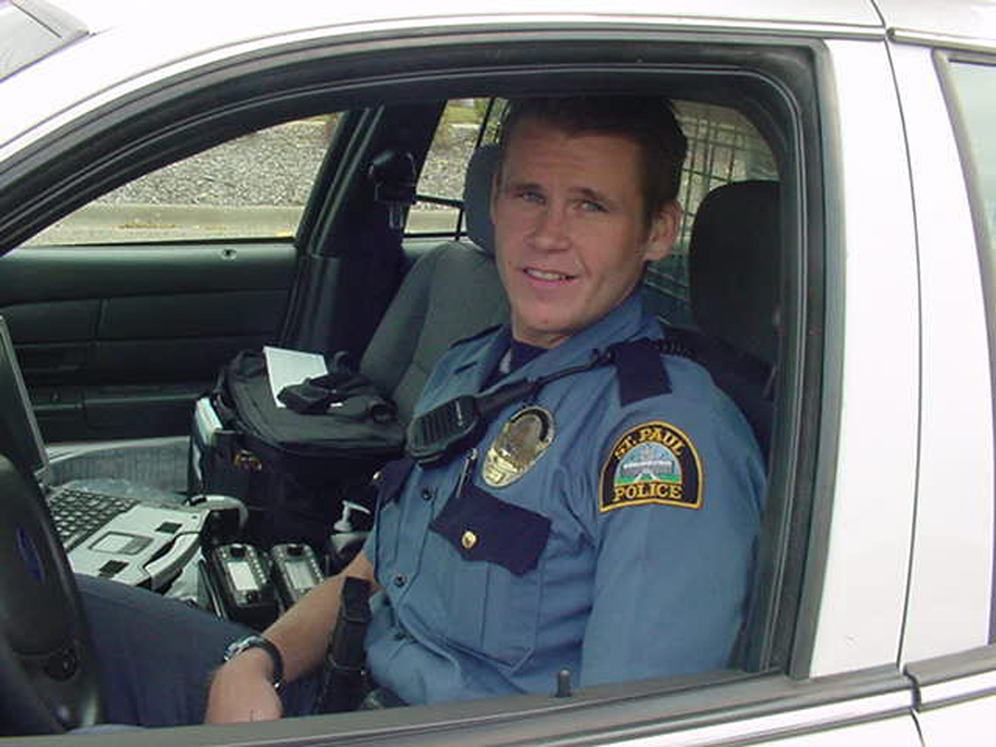
Two Cops in the City — 1973
A radio feature looking at the daily life of two young Saint Paul, Minnesota police officers as they patrol the streets of the city during the night watch. Public Radio was still new to America and the Twin Cities, still dominated by old-school AM radio news operations. Being in the car with the police officers was pretty much unheard of.
- The Ohio State Award, 1974

Bail in America: Freedom for a Price — 1973
The local powerhouse AM news operation would never have thought to produce anything like this. It would be years before MPR would become the premiere go-to radio news source and among the news leaders of all media. This feature kind of pointed the way the future would go in radio, even though I don’t guess many people heard it.
- American Bar Association Certificate of Merit
- Corporation for Public Broadcasting Award
- Northwest Broadcast News Association Award

A Story About Dogs — 1973
A radio documentary feature examining the plight of dogs caught up in Twin Cities area pounds. I had arrived at MPR not long before this was produced. MPR hired me in part to produce documentaries so I had to do something,..quick. This was my first long-form feature for MPR. It was early in my career. I was still a kid. My beloved dog Cloud loved me for doing it.
- 1973 Broadcast Media Award – School of Telecommunications, California State University, San Francisco
